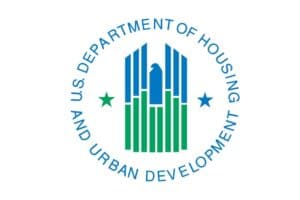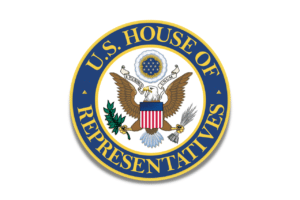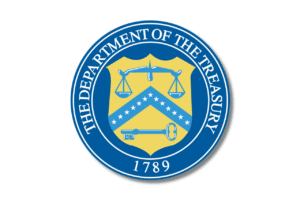On June 25, President Trump signed an Executive Order establishing the White House Council on Eliminating Barriers to Affordable Housing and named HUD Secretary Ben Carson as its Chairperson. In addition to HUD, the Council will include representatives from the Department of the Treasury, the Department of the Interior, the Department of Agriculture, the Department of Labor, the Department of Transportation, the Department of Energy, the Environmental Protection Agency, the White House Office of Management and Budget (OMB), the White House Council of Economic Advisers and White House staff. The Council will be tasked with accomplishing the following items by January 2021:
- Work across agencies, states, local governments, tribal governments and private-sector stakeholders to identify policies that artificially increase the cost of developing affordable housing.
- Report on the quantifiable effect that federal, state, local and tribal regulatory barriers have on affordable housing development, the economy and society.
- Take action to reduce federal regulatory and administrative burdens that discourage private investment and housing development;
- Take action within existing federal programs to align and support local and tribal state efforts to reduce regulatory and administrative burdens that discourage housing development.
- Recommend federal, state, local and tribal policies that would:
- Reduce and streamline statutory, regulatory and administrative burdens that inhibit the development of affordable housing supply at all levels of government;
- Incentivize State, local and tribal governments to reduce barriers to affordable housing development.
The Council is partly in response to a 2018 study from the National Association of Home Builders and the National Multifamily Housing Council that examined the cost of regulations on multifamily development that found over 90 percent of multifamily developers typically incur hard costs of paying fees to local jurisdictions, both when applying for zoning approval and again when local jurisdictions authorize the construction of buildings. The study’s survey results also found that regulation imposed by all levels of government accounts for 32.1 percent of the cost of an average multifamily development.
This new effort is not unprecedented – in 2010 the Obama Administration formed the Rental Policy Working Group (RPWG), which was comprised of the White House Domestic Policy Council, National Economic Council, OMB, and HUD, Departments of the Treasury and Agriculture. The RPWG identified a number of areas to better align the operation of Federal rental policy across the Administration including Physical Inspections, Financial Reporting, Market Study Standards, Capital Needs Assessments and Fair Housing Compliance and there were many positive outcomes from this effort.
NH&RA looks forward to working with White House Council on Eliminating Barriers to Affordable Housing to identify new ways to streamline affordable housing development and eliminate regulatory barriers.


